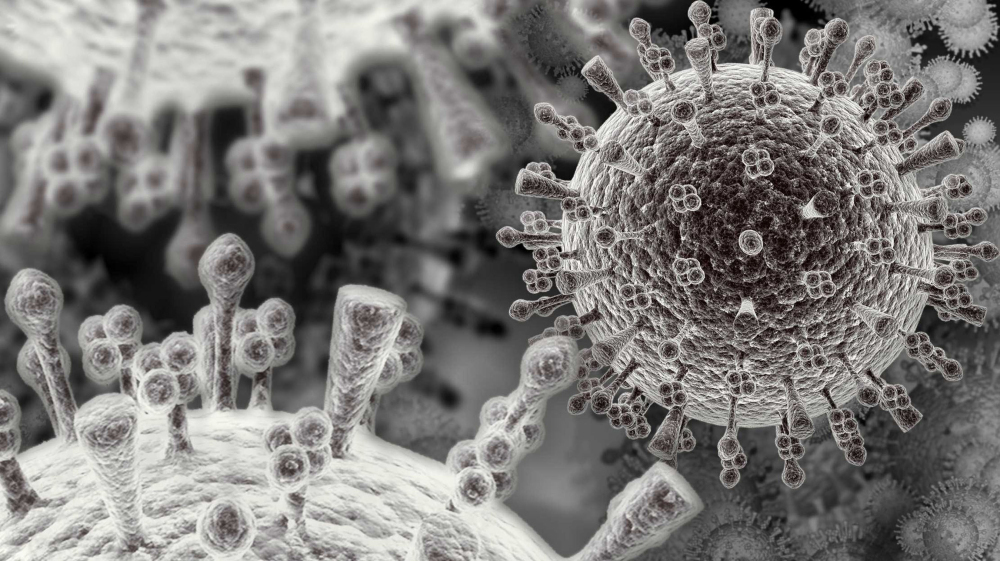statistics, vaccines, and viral evolution

How many times have you heard people tell you that flu vaccines are a waste of time because they still end up getting the flu anyways? And considering that about 5% to 20% of people in the U.S. could get the flu every year, depending on the severity of the strain, the number of vaccinations and exposure to the contagion in large and concentrated populations, flu shots do seem like a relatively fruitless effort at first. However, there’s a caveat to the anecdotal tales of people getting their annual vaccinations, then coming down with the flu anyway. Rather then getting the full blown flu, they’re much more likely to get a really bad cold or a respiratory virus for which a flu shot provides no defense, self-diagnose themselves as having the flu, then refuse a flu shot and really get lab-confirmed influenza during the next season, which only further reinforces their conclusions about the shot.
Now, it’s well known that there are plenty of people who really do get a flu shot and still come down with a fully legitimate case of influenza. According to the CDC, the vaccine is about 86% effective in healthy adults under 65 and is obviously less effective for people with compromised immune systems. The referenced study in the fact sheet isn’t just a survey of who got the shot and whether they got the disease or not. It actually tests how well a vaccine does against the virus itself and concluded that when there’s a good match between the strain of influenza in force and the strain in the vaccine, healthy adults stand an almost 9 in 10 chance of not getting sick. If you start including other influenza-like infections and airborne viruses that produce similar symptoms, but are not caused by the influenza virus itself, the efficacy rates plummet but you end up measuring viruses outside the vaccine’s scope and skewing your results.
It’s true that there are years where major mismatches between the vaccine and wild strains do occur, but even then, you’re looking at a 60% effectiveness rate, which means you’ll be able to fight the virus 6 times out of 10. So even in a bad year, you get a measurable benefit from the flu shot. The problem is that it might not feel like it because many respiratory viruses have very similar symptoms. Rhinoviruses are so often confused for fully fledged influenza without a laboratory test that even doctors can frequently get the diagnosis wrong and there are symptom guides to help determine which one you may have. Unfortunately, real diseases don’t follow any of those guides and severe colds can feel just as bad as the flu. The point however, is that you’ve been able to help prevent yourself from contracting full blown influenza infections and just because you feel terrible doesn’t mean that you have the flu and your shot was worthless. You simply wouldn’t know that without a lab test.
Another interesting bit of science is a recent experiment done by NIH scientists which shows that vaccines can actually help steer influenza’s evolution in a direction favorable for us. Our immune systems recognize the proteins of the virion’s capsid (the part of the virus that contains its genetic material) and attack. Mutations that change the way the proteins are arranged can confuse our immune cells and let the infection take place and when our immune cells have been tempered with a vaccine, the selective pressures in our body change how the protein coat of the influenza virus is shaped. And while it sounds as if we’re making it more potent, it’s not really what’s happening. Instead, the virus becomes harder to transmit. It’s less infections. When the mutated virions were injected back into unvaccinated mice used by the researchers, they quickly evolved back to more spreadable forms. The only variable between the groups of mice being studied was the vaccine. In a write-up for Discovery News, lead researcher Jonathan Yewdell summed up his results thusly…
‘We want to box flu in as much as we can. With more antibody pressure from vaccinated people, it’s got to bind tighter, and the virus is not so happy.’
So now the big question. If the vaccines really do help against influenza, why not create one for colds and end the respiratory misery of flu and cold season? Well, unfortunately for us, there are so many rhinovirus variants, a vaccine for the common cold would be highly inefficient. Sadly, suffering from bad colds is going to continue for the foreseeable future. And while on the surface of things, you may wonder what’s the point if you may still have to endure misery anyway, keep in mind that influenza can trigger pneumonia and pose a lethal threat to people with compromised or weak immune systems while worsening existing heart conditions. That’s what you’re really defending against when you get a flu shot, not from having a lousy week or two every winter. And, of course, to make the virus less of a menace over the long term with selective pressure from our trained and tempered immune systems primed with vaccine induced antibodies.
See: Hensley, S., et. al, (2009). Hemagglutinin Receptor Binding Avidity Drives Influenza A Virus Antigenic Drift Science, 326 (5953), 734–736 DOI: 10.1126/science.1178258





